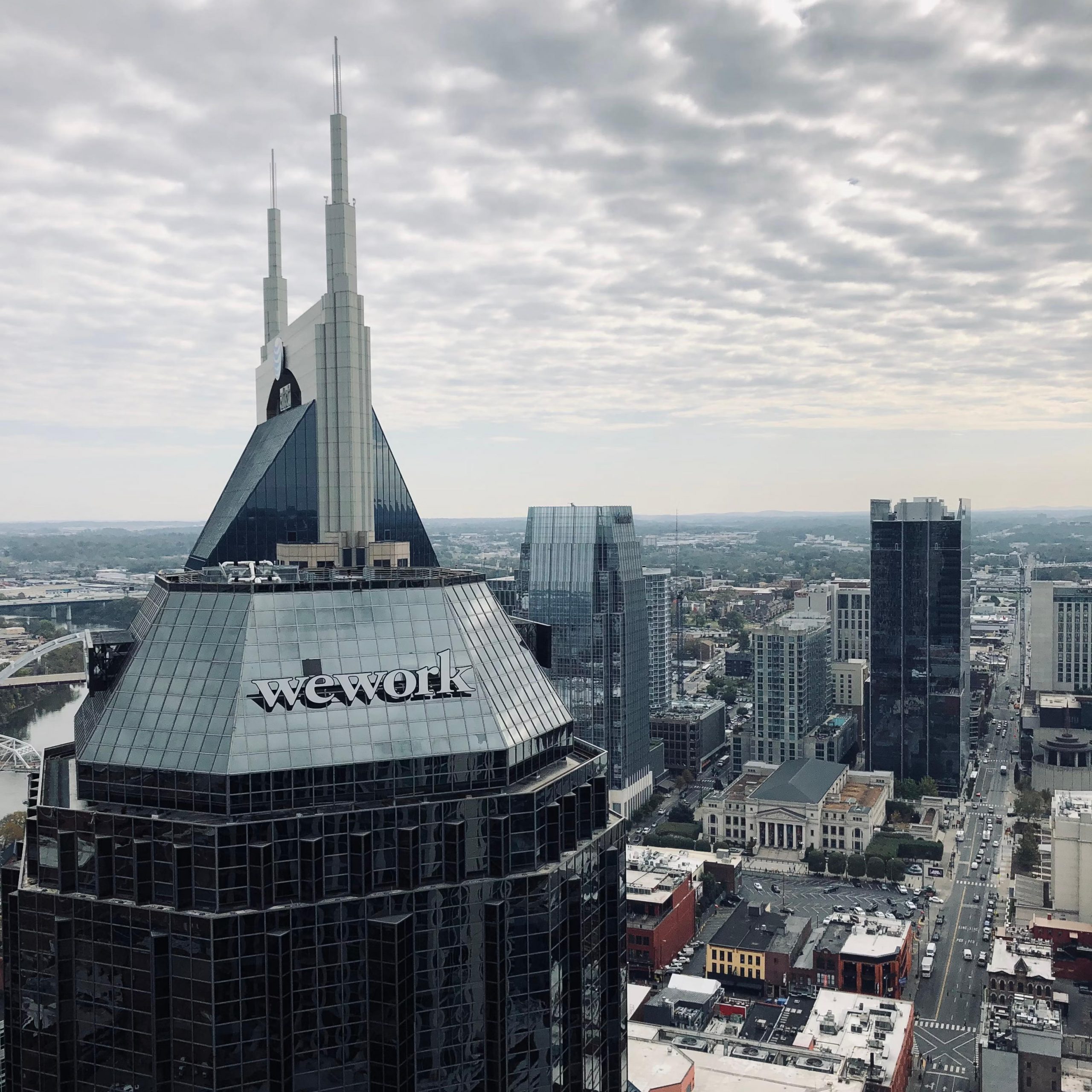WeWork Emerges From Bankruptcy Protection

WeWork, once valued privately at $47bn and seen as future of workplace, emerges from bankruptcy protection in US
The corporate history of WeWork has taken another twist, after the shared office start-up emerged from bankruptcy protection.
WeWork announced that it has now officially exited Chapter 11, and its new leadership is facing scrutiny over their plans for its corporate future.
WeWork was founded back in 2010 and once valued at $47 billion (£37bn). At one stage it was seen as the future of work, but in November 2023 it was forced to file for bankruptcy protection in the US after years of issues and billions in debts.

Heavy losses
WeWork had entered bankruptcy protection after it was hit by a combination of high costs from the expensive leases it took on in large numbers up to 2019, and a fall in occupancy since the Covid-19 pandemic as hybrid working became popular.
When it entered Chapter 11, the firm came to an agreement with most of its creditors to convert $3bn of loans and bonds into equity in the reorganised firm. It also restructured more than $13bn in lease obligations.
All of this was bad news for its major shareholder SoftBank, which had funded WeWork to the tune of tens of billions of dollars.
From early 2019, WeWork had been led by charismatic co-founder Adam Neumann. The firm was valued at $47bn in private markets and was leasing office space around the world as it prepared for an initial public offering.

Billionaire Neumann had pitched his company as a brand of the “we generation” and saw it having a mission to “elevate the world’s consciousness”.
But after it filed its IPO prospectus in August 2019 details of the company’s heavy spending and corporate governance concerns caused investors to think twice, leading to the IPO’s cancellation and Neumann’s departure in September 2019. Neumann sought to buy back the firm, but eventually accepted defeat.
The firm went public in 2021 in a SPAC merger at a valuation of $9bn, but remained loss-making.
WeWork’s future
Now that the New York-based firm has emerged from Chapter 11 on Tuesday this week, questions are being asked about its future plans.
WeWork is now a private company and is not publicly listed, which means that its future financial disclosures will be limited.
The Associated Press quoted WeWork as saying that it has shed more than $4 billion in debt, raised $400 million of additional equity capital, and cut future lease obligations in half — which it expects to bring some $12 billion in future savings.
WeWork’s real estate footprint also reportedly got smaller, after it exited 170 “unprofitable” locations – bringing its portfolio to about 600 wholly owned, franchisee and joint-venture locations in 37 countries.

AP reported that this is down from around 770 locations across 39 countries reported ahead of November’s Chapter 11 filing.
WeWork’s former CEO David Tolley has stepped down and is being replaced by John Santora, of real estate company Cushman & Wakefield, effective Wednesday.
“I am delighted to join WeWork at this exciting moment in the Company’s history. Thanks to the tireless efforts of the entire organisation, we are well-positioned to look optimistically to the future and to realize the incredible potential of this wonderful company,” Santora said.
“I firmly believe that flexible work is no longer just an option, but rather a strategic imperative for companies wanting to maximise the efficiency of their real estate footprint, as well as their dynamic workforce,” said Santora. “While there is much work to do, with these supportive, structural trends, and a restructured organisation in place, I could not be more confident in our future and I am energised and excited by the challenge that lies ahead.”